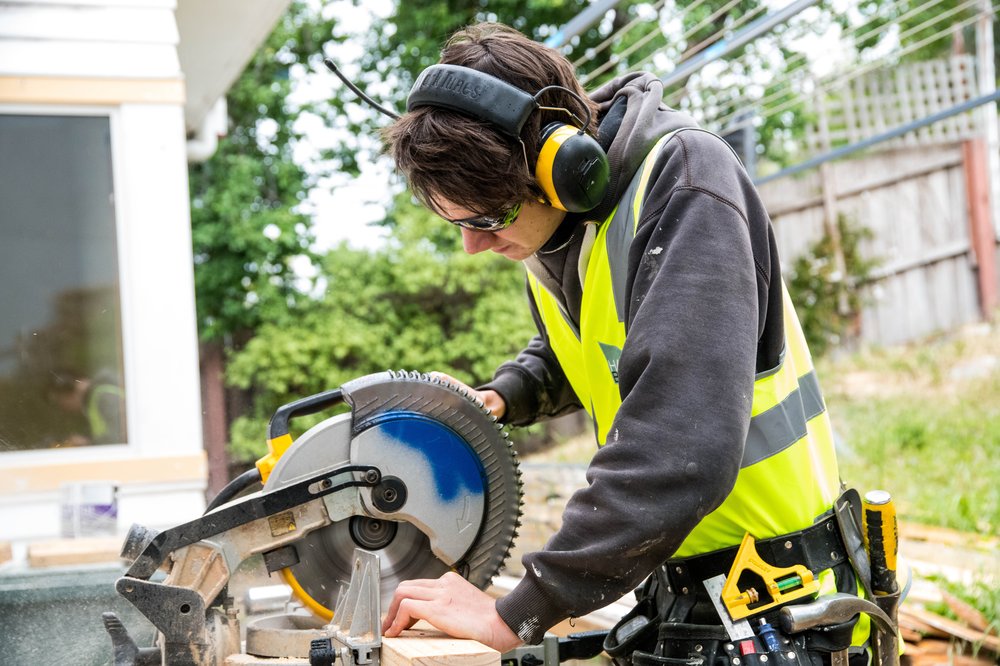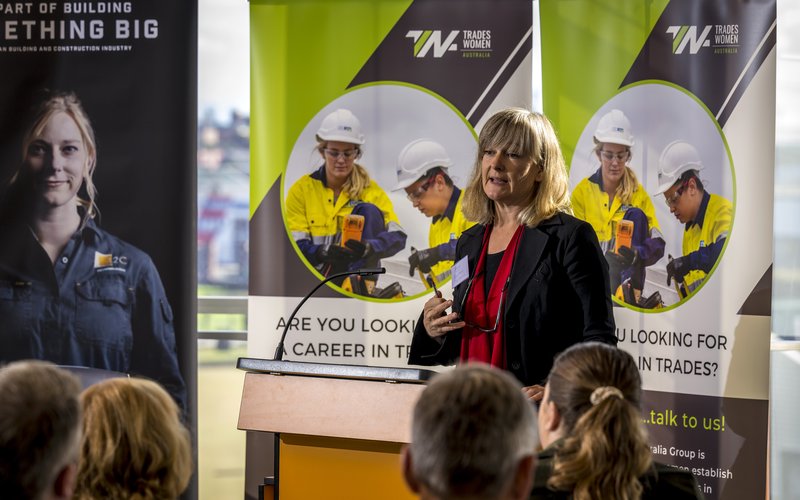
Published on: 2 June 2022
Governments at the state and federal level have put construction at the centre of their economic recovery strategies.
On the one hand, that’s great for the industry. The pipeline of construction work ahead of us is unprecedented both in size and scope. We anticipate the construction industry will be called on to deliver more than 30,000 new homes to keep pace with population growth and deliver on state and federal governments’ ambitious social housing programs. At the same time, we expect spending on new infrastructure to top $16 billion over the next decade.
On the other, finding the people to do all this work will be the most significant challenge for the construction industry over the next decade.
Latest official data indicates that about 23,102 people are currently employed in Tasmania’s construction industry, 8.9% of the state’s workforce. This is a lower share than the national average.
While we have seen around 2,000 new people enter the construction workforce in the past 12 months, capacity constraints are holding back the construction industry from making even greater contributions to the economic recovery.
Master Builders firmly supports the government’s target to boost employment in the construction industry by 25 per cent and boost apprenticeship numbers in the construction industry by 40 per cent.
Investment through the Building the Workforce to Build Tasmania – High Vis Army will help meet these targets. Master Builders is proud to be working with the Tasmanian government and Keystone on the delivery of this program.
Master Builders is proud to be the largest private training provider for the construction industry in Tasmania.
Our aim is to support our young men and women through their training journey so more complete their training and become the future leaders in our industry.
The pandemic has caused many to reconsider how they do business. One opportunity we must grab with both hands is the chance to recommit to our apprentices and trainees.
This is a message that sits easily with business owners. Most of them were once in the same place, making that life defining decision, first day on the job as a new apprentice carpenter, electrician, or bricklayer.
Our industry is full of amazing success stories. Apprentice and trainee graduates can be found at every level in almost every construction business. The CEOs of some of the largest businesses in our state started their careers as apprentices.
Every home, hospital, school, road and bridge, the infrastructure that we all take for granted, was built in part thanks to a young person making the decision to take up a trade and an employer willing to put their time into training them.
Employers are the foundation of any apprentice or trainee system. This is why Master Builders has advocated for a long time that growing the construction workforce is as much about growing the number of employers willing and capable to take on new apprentices and trainees, as it is about promoting ourselves as a career destination of choice.
We also must work harder to improve completion rates by wrapping support around our apprentices right through their training journey. This makes economic sense; it would mean government money is spent more efficiently and would come with a huge human dividend.
And we need to arm our apprentices and trainees with extra skills so they can become some of the most valuable employees in the business.
How can we reshape our apprentice and trainee system for the new generation and the business environment in which they now live?
We also need to offer clearer pathways for people building their careers in construction. We must have the best courses available so that our construction workforce can become one of the best qualified in the country.
Doing so will improve the job opportunities of Tasmanian tradespeople while they build the infrastructure that will underpin our long-term economic prosperity. It will also boost productivity, improving the value for taxpayer’s money spent on public projects.
We have come out of COVID better than expected. It is fair to start switching our focus from stimulus, to how we might leverage the unprecedented pipeline of construction work ahead of us to shore-up our long-term economic success.
Sustaining a large enough construction workforce will be vital in ensuring that Tasmania’s future needs are met.


